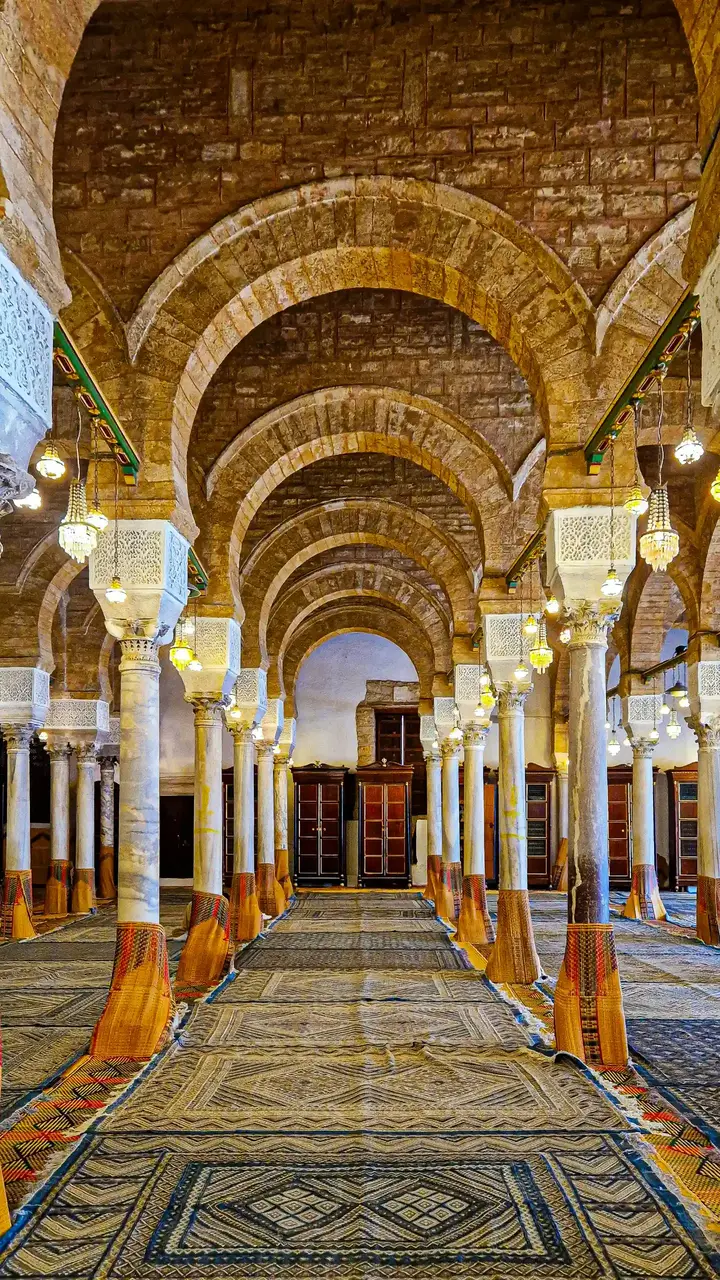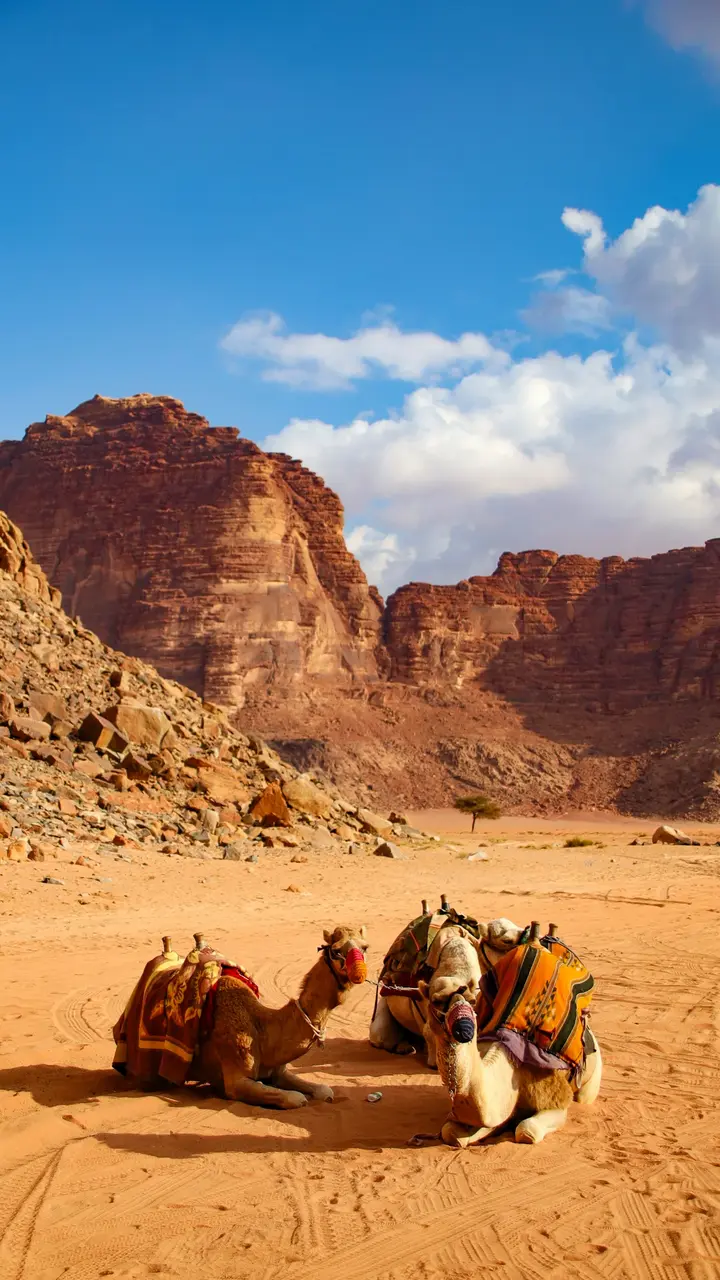الطبيعي. أصبحت العاصمة عام 1872، ومنذ ذلك الحين ظلت نقطة محورية في الثقافة والسياسة.
تُعرف كينغستون عالميًا بأنها مسقط رأس موسيقى الريغي. ظهرت هذه الموسيقى في أواخر الستينات، وانتشرت عبر نجوم مثل بوب مارلي. يزور الناس متحف بوب مارلي الذي يضم مقتنياته وأرشيفًا موسيقيًا نادرًا. إلى جانب الريغي، تضم المدينة أنماطًا مثل الدانس هال والروكستيدي، وتجذب النوادي والحفلات الليلية محبي الموسيقى.
أبرز المعالم في كينغستون: "إيمانسبيشن بارك"، حديقة تكريم للحرية والمساواة، ومعرض الفن الوطني الذي يعرض أعمالًا فنية جامايكية متنوعة، و"ديفون هاوس" القصر التاريخي ذو الطراز المعماري المميز والمطاعم المعروفة.
تتيح كينغستون أنشطة متعددة، مثل جولات في استوديوهات تسجيل الريغي الشهيرة، والتسوق في أسواق تقليدية مثل "كورونايشن ماركت"، حيث تُباع منتجات محلية نادرة، إلى جانب تذوق أطباق مثل "جيرك تشيكن" و"أكي وسولت فيش".
تتوفر في كينغستون أماكن إقامة متنوعة؛ من فنادق فاخرة تطل على البحر، إلى بيوت ضيافة تتيح للزائرين التفاعل المباشر مع السكان. تشتهر الحياة الليلية بأجوائها الصاخبة، مع حفلات في الهواء الطلق وعروض موسيقية تعكس روح المدينة.
كينغستون تقدم تجربة سياحية شاملة، تجمع الثقافة والموسيقى والطعام والضيافة، ما يجعلها وجهة مثالية لمن يريد اكتشاف جمال جامايكا الحقيقي.


